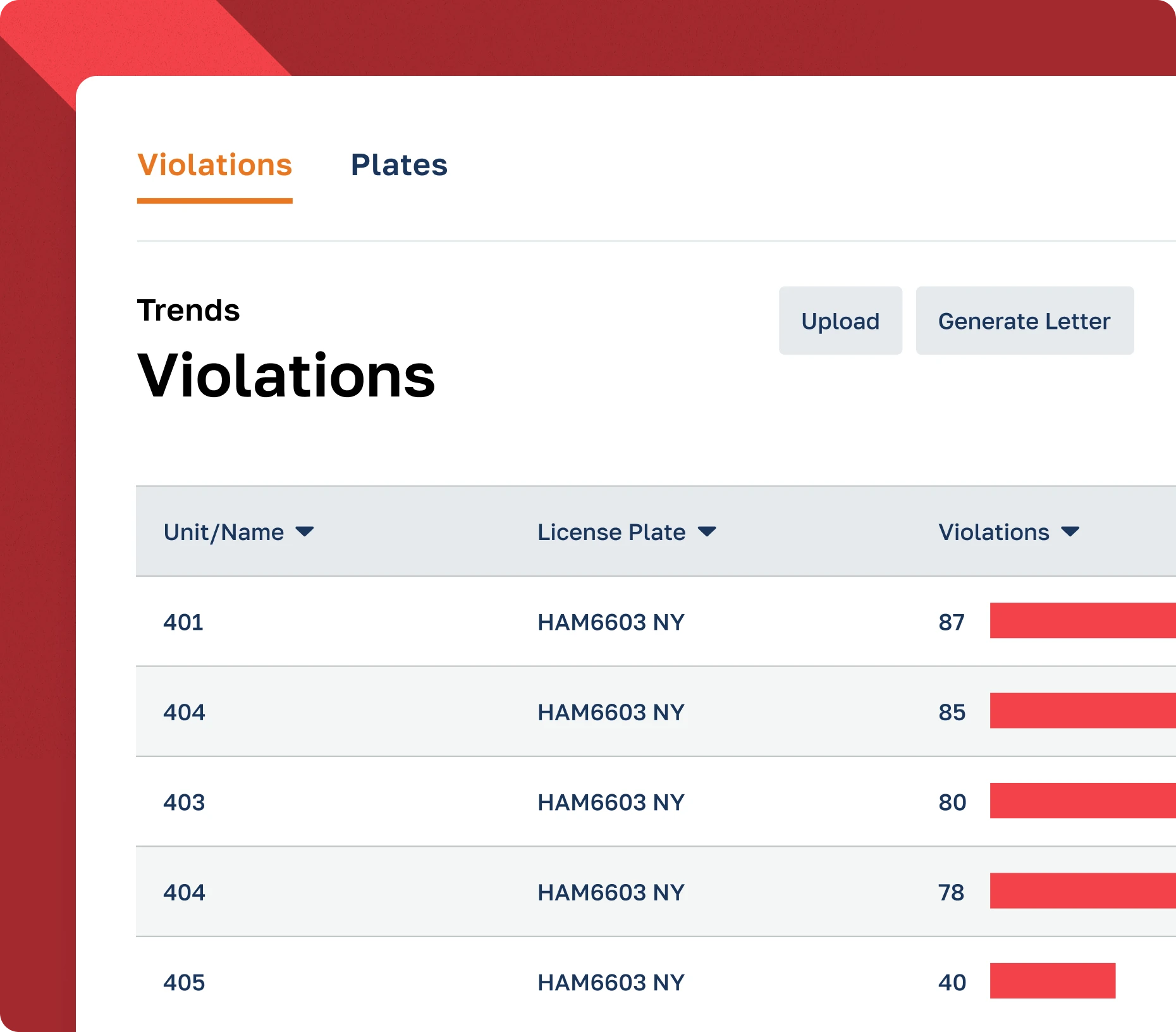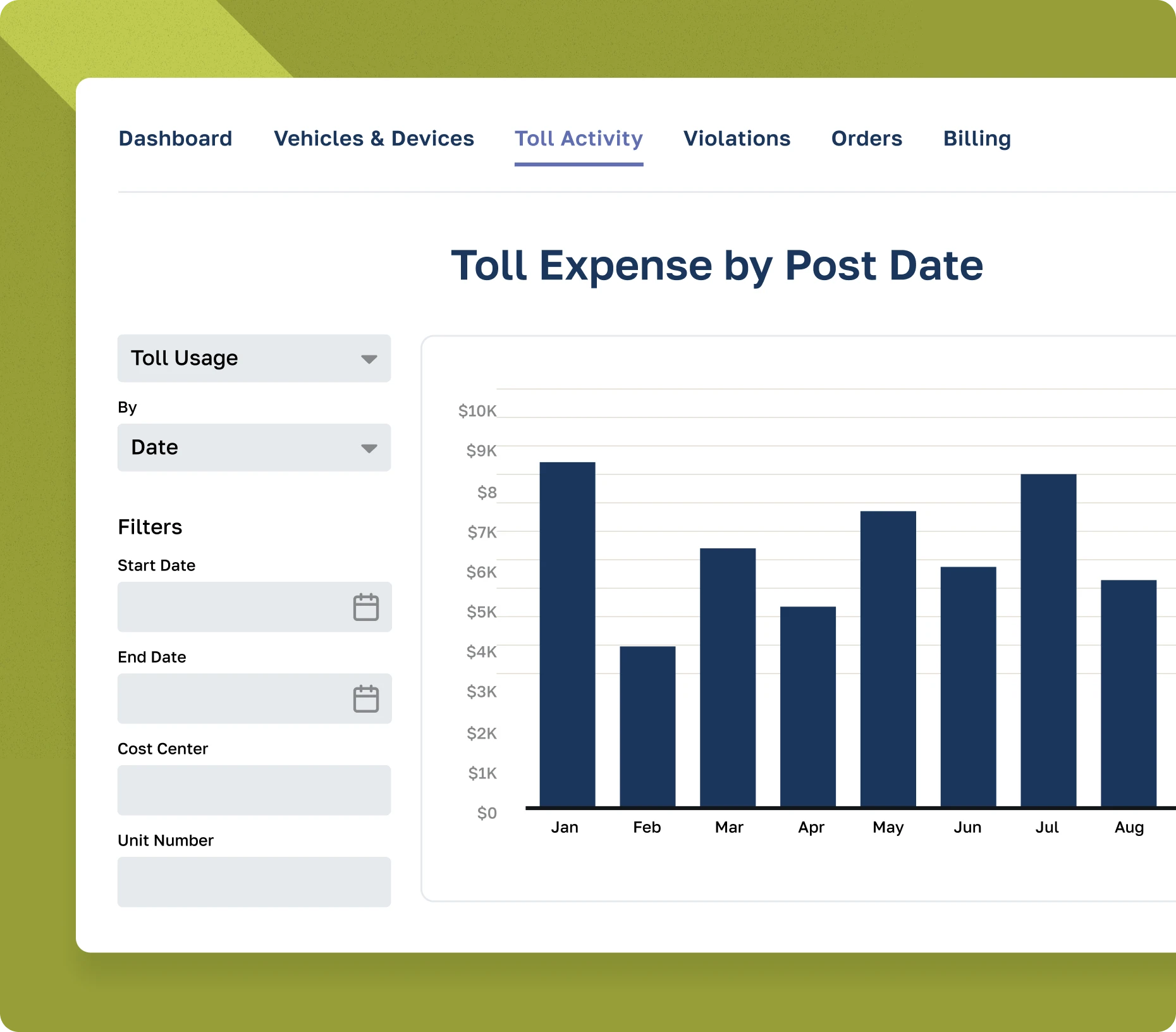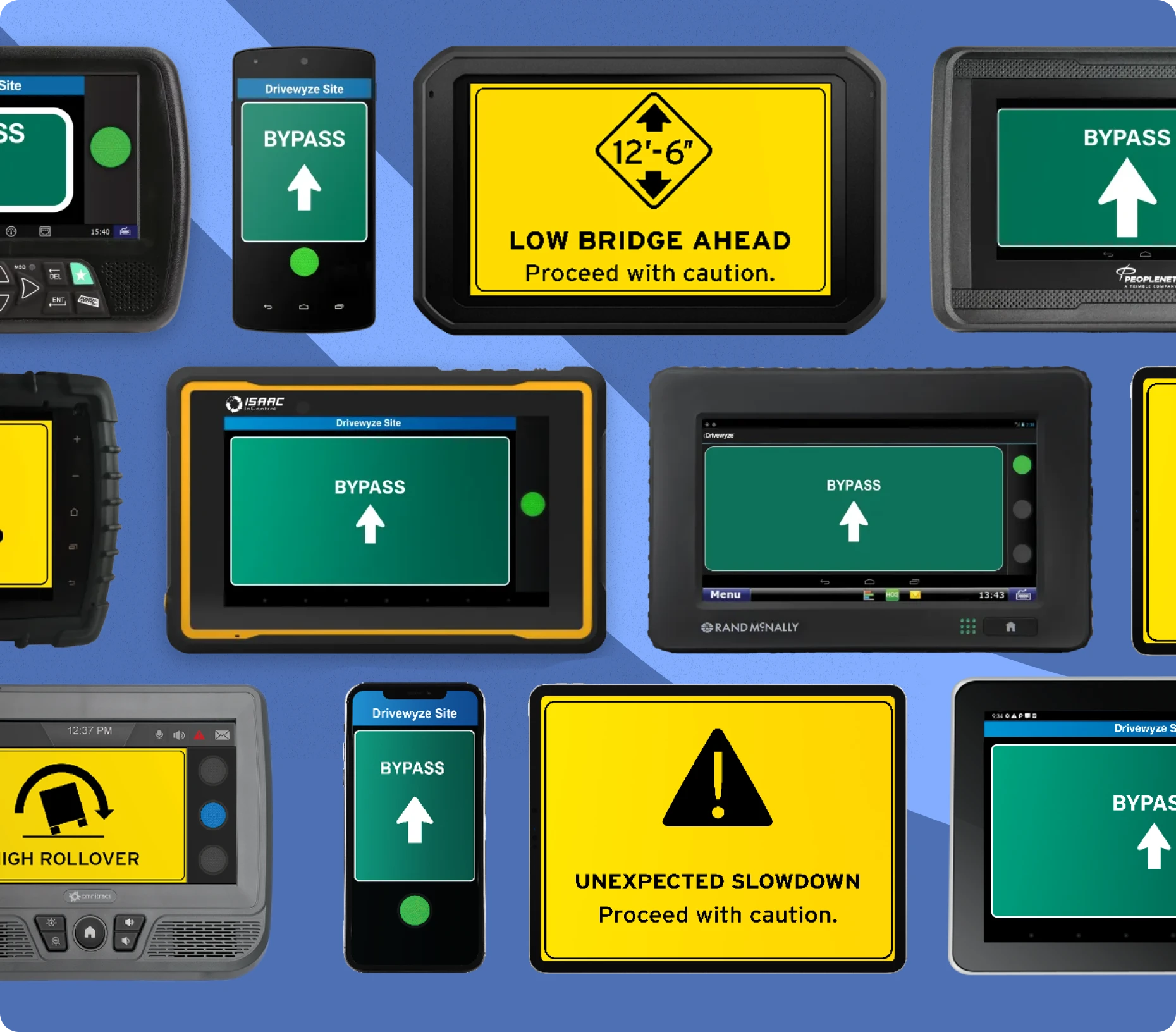Bestpass-Fleetworthy Solutions Announces Rebrand, Changes Name to Fleetworthy
What Are Fleet Safety Compliance Programs?

Fleet safety compliance programs are structured plans designed to help commercial transportation companies meet Department of Transportation (DOT) and Federal Motor Carrier Safety Administration (FMCSA) safety regulations while reducing risk and improving driver performance.
A strong program includes written safety policies, driver qualification procedures, vehicle inspection schedules, accident response protocols, and ongoing training. It ensures compliance with requirements such as Hours of Service (HOS) rules, drug and alcohol testing, and electronic logging device (ELD) mandates.
By combining compliance monitoring with proactive safety measures, these programs help prevent accidents, lower insurance costs, and improve CSA (Compliance, Safety, Accountability) scores.
Many fleets develop their own safety compliance programs or work with compliance consultants to tailor them to specific industries or fleet sizes. The result is a safer, more efficient operation that meets all federal and state safety standards while protecting both drivers and the public.
What Are Fleet Safety Compliance Programs and Why Do They Matter?
Fleet safety compliance programs are comprehensive systems that ensure a transportation company not only meets DOT and FMCSA regulations but also builds a culture of safety throughout its operations.
These programs go beyond simply avoiding fines, they help fleets reduce accidents, improve driver behavior, and strengthen their safety reputation.
What Does a Fleet Safety Compliance Program Include?
A successful fleet safety compliance program should cover these core areas:
1. Driver Safety & Qualification
-
Maintain complete and current Driver Qualification Files (DQFs).
-
Verify valid Commercial Driver’s Licenses (CDLs), endorsements, and medical exams.
-
Conduct background checks and motor vehicle record (MVR) reviews.
-
Require new driver safety orientation and annual refresher training.
2. Vehicle Safety & Maintenance
-
Implement preventive maintenance schedules aligned with DOT requirements.
-
Record all inspections and repairs for audit readiness.
-
Monitor vehicle telematics for unsafe driving behavior such as speeding or harsh braking.
3. Hours of Service (HOS) & ELD Compliance
-
Ensure all drivers use FMCSA-approved Electronic Logging Devices (ELDs).
-
Regularly review driver logs for accuracy and violations.
-
Train drivers on HOS rules to prevent fatigue-related accidents.
4. Drug and Alcohol Testing
-
Establish a compliant testing program per FMCSA Part 382.
-
Conduct pre-employment, random, post-accident, and return-to-duty testing.
-
Maintain documentation in accordance with FMCSA recordkeeping standards.
5. Accident Prevention & Response
-
Create written policies for accident investigation and reporting.
-
Track incidents and implement corrective actions.
-
Provide retraining for drivers involved in preventable accidents.
6. Safety Meetings & Training
-
Hold regular safety meetings focused on compliance updates and best practices.
-
Use data (e.g., CSA scores, telematics reports) to identify training priorities.
Why Are Fleet Safety Compliance Programs Important?
-
Regulatory Compliance: Meeting DOT and FMCSA standards prevents costly fines and shutdowns.
-
Accident Reduction: Structured training and vehicle maintenance reduce crash risks.
-
Better CSA Scores: Consistent compliance improves your public safety rating, which affects insurance and partnerships.
-
Insurance Benefits: Carriers with strong safety programs often qualify for lower premiums.
-
Business Reputation: Demonstrating a commitment to safety builds trust with clients and drivers.
How to Build a Fleet Safety Compliance Program
-
Assess Current Risk Areas – Review accident data, inspection reports, and CSA scores.
-
Develop Written Policies – Define driver behavior standards, inspection procedures, and reporting expectations.
-
Assign Responsibility – Designate a safety or compliance manager.
-
Use Technology – Adopt compliance software or telematics systems to automate record-keeping and tracking.
-
Train Continuously – Schedule quarterly or annual safety training for all drivers.
-
Conduct Regular Audits – Perform internal or consultant-led audits to identify and correct compliance gaps.
Common Mistakes Fleets Make
-
Treating compliance as a one-time task instead of an ongoing process.
-
Failing to update programs when FMCSA regulations change.
-
Inadequate driver onboarding and refresher training.
-
Disorganized documentation during audits or inspections.
-
Ignoring data insights from telematics and safety reports.
Fleet Safety Compliance vs. General Compliance
While fleet compliance covers all legal requirements (driver files, ELDs, maintenance, etc.), fleet safety compliance programs focus specifically on creating safer operations through prevention, monitoring, and driver accountability.
A complete compliance strategy combines both, meeting regulatory standards while actively improving safety outcomes.
Fleet safety compliance programs are essential for any carrier that values safety, efficiency, and long-term success. By developing structured policies, leveraging technology and prioritizing driver education, companies can stay compliant, protect their workforce and operate more efficiently.
A well-executed program doesn’t just pass audits, it transforms fleet culture by turning safety and compliance into a competitive advantage.
Need a Little More Info?

CPSuite Safety & Compliance
Fleetworthy’s legacy solution, CPSuite, allows fleets to track and manage vehicle compliance requirements effortlessly, as well as ensure drivers meet all safety and compliance standards.
With CPSuite, your fleet can easily navigate any challenges in the road ahead.

Bestpass Toll Management
Bestpass provides the leading toll management technology, allowing customers to hit the road with a single monthly statement, on-demand reporting with advanced analytics, and dedicated customer support.
With coverage for 100 percent of major U.S. toll roads, Bestpass gives you the most opportunity to save time and money.

Drivewyze Weigh Station Bypass
Drivewyze is North America’s top weigh station bypass provider, with 900+ locations and counting.
With Drivewyze by Fleetworthy, your fleet can access proactive in-cab safety alerts, skip weigh stations, and make better time.
Ready to Get Started?
The Complete Technology Suite
Looking for Even More?
Unsure What You Need?
Talk to one of our Experts today, and let us help you figure it out.
